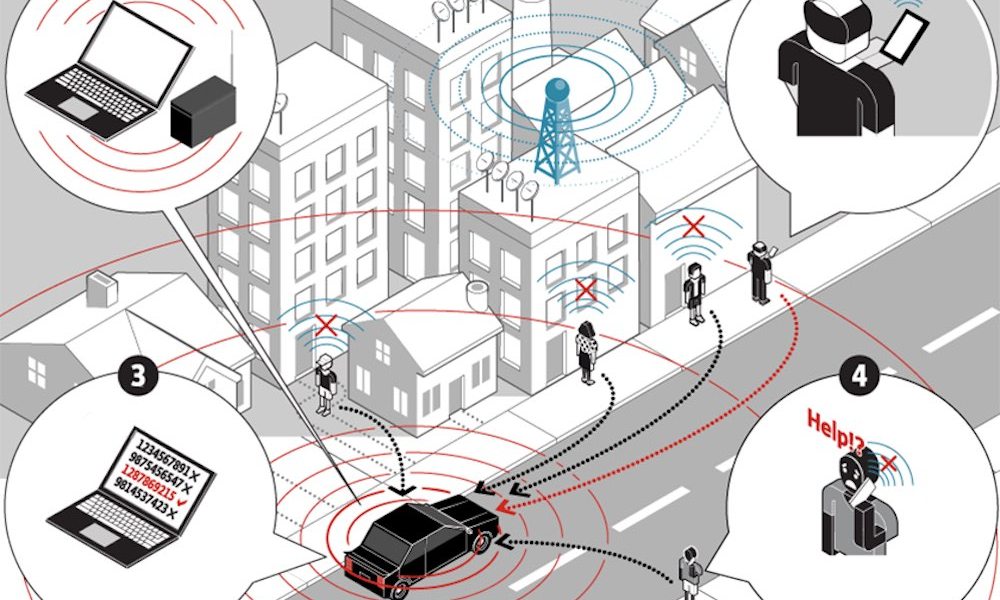Researchers Reveal How to Detect Police Surveillance Devices

Toggle Dark Mode
A group of security researchers at the University of Washington have figured out a way to use standard ride-sharing vehicles to sniff out and track secret police surveillance devices known as Stingrays.
Stingrays are essentially fake cell towers that can track the location of nearby phones, as well as intercept and eavesdrop on text messages and calls. While their use has been shrouded in secrecy, some police departments have admitted to using the surveillance devices in thousands of criminal investigations. And, as you can imagine, Stingrays are a magnet for controversy and horror from privacy advocates. Last August, an advocacy group filed a formal complaint against the Baltimore Police Department for the use of such devices. Even with the recent media coverage, information regarding the police use of Stingrays is still pretty murky.
That’s where the researchers come in. Last year, the team paid about fifteen drivers for an unnamed ride-sharing service to keep a suite of sensors called SeaGlass in their cars while on the job, Wired reported. This sensor suite turned the ride-sharing vehicles into mobile collectors of cellular data, which the researchers could then use to map out the location of cell towers. They conducted the test in Seattle and Milwaukee (though the researchers admit their work in the latter city was sparser and not as focused).
The Seattle test is where things get interesting, however. The team used the data to pinpoint basically every cell tower in the city, around 1,400. In addition to the normal cell towers one would expect, the researchers found three anomalies that — due to irregular behavior — they believe to be Stingray devices. One was located at the Seattle office of the U.S. Customs and Immigration Service, one in a neighborhood in West Seattle, and one at the Seattle-Tacoma Airport. West Seattle may have been a false positive, but the team strongly believes the other two are Stingrays. There’s no way to prove conclusively that they are, of course, as law enforcement isn’t likely to reveal too much about their secret surveillance devices.
There is a drawback to the researcher’s method: detection depends entirely on whether or not a particular Stingray is actually switched on when the ride-share is driving by. But despite that, the method is still an excellent first step and a cost-effective way to rooting out hidden surveillance devices. And, most of all, it’s an encouraging victory for privacy advocates across the U.S.






